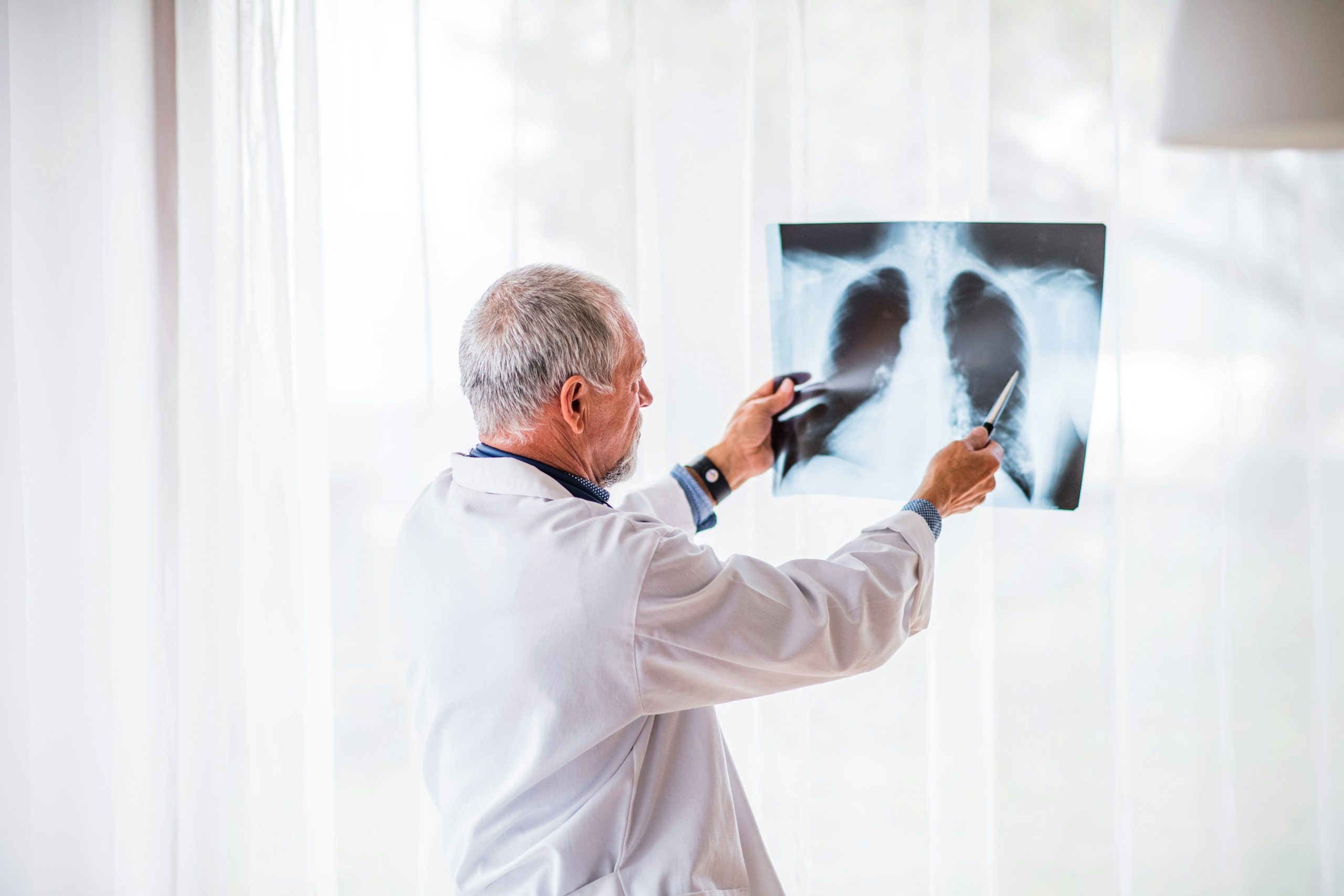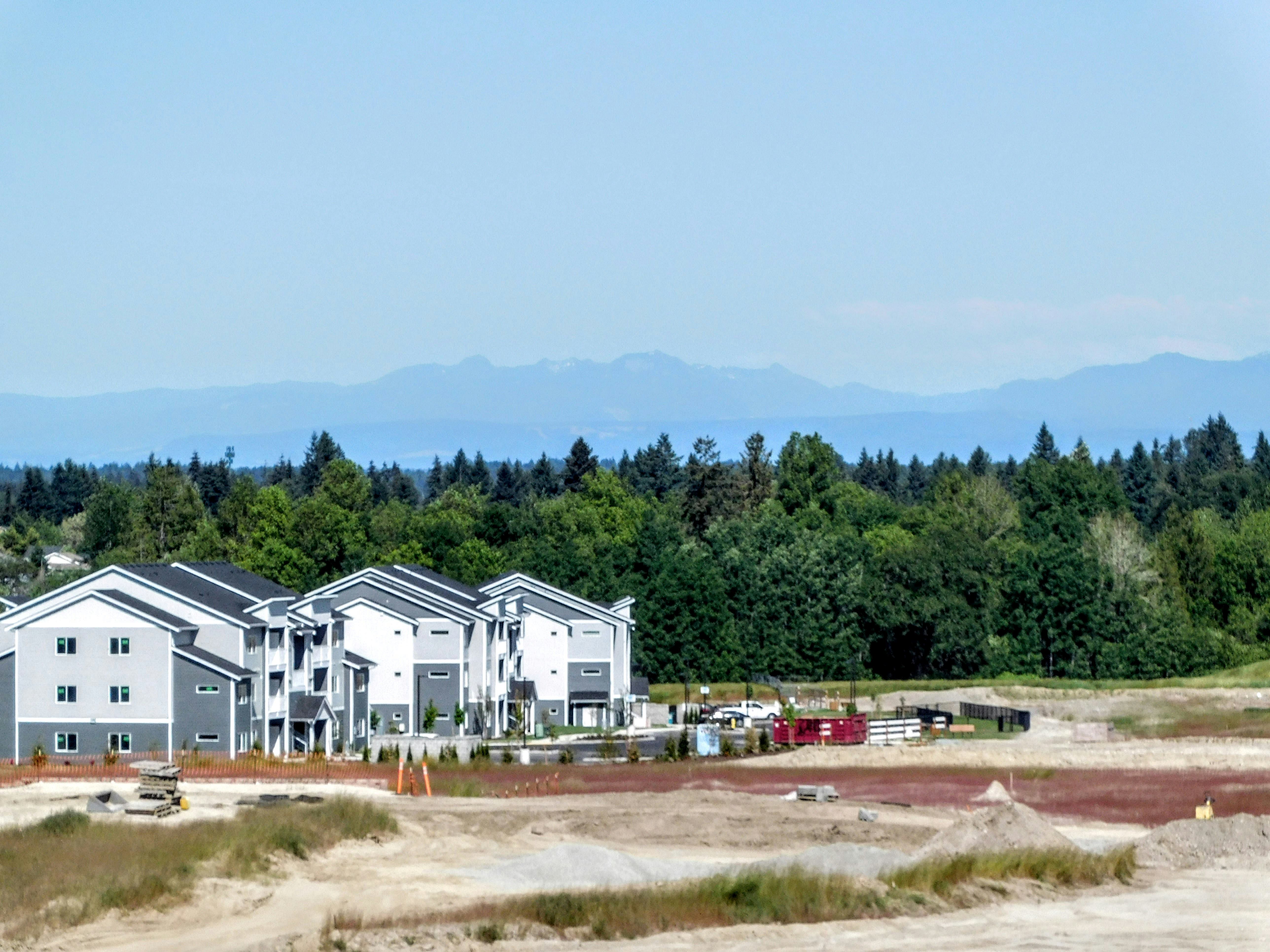Radon is an invisible and odorless gas that enters homes and workplaces without us noticing. Although it is naturally occurring, it can pose a serious health risk if people are exposed to elevated levels for a prolonged period. But what is radon, how dangerous is it, and what can be done to protect oneself? In this article, we will explore the impact of radon and what you as an individual should know.
Radon is a radioactive gas that naturally forms when the element uranium decays in the soil. It is a common substance in the Earth’s crust and can enter buildings through cracks in the foundation, water wells, and certain building materials. Radon itself is not dangerous in small amounts, but when the gas breaks down in the air, it forms radon daughters which are radioactive particles that stick in our lungs when we breathe.
Second Most Common Cause of Lung Cancer
There is a broad consensus among experts that prolonged exposure to radon is very dangerous. In fact, radon is the second most common cause of lung cancer after smoking. Reports from the WHO have linked radon-induced lung cancer to 84,000 deaths per year worldwide. This means that radon is a greater threat than many might think. Most of us spend a very large part of our lives indoors, and if you live or work in a house with high radon levels, the risk of health problems increases significantly. The longer we breathe in radon daughters, the greater the likelihood that we damage our lungs, thereby increasing the risk of cancer.
Ignoring radon can have serious consequences for health. But there are simple measures to take, and by acting in time, the risk of lung cancer can be reduced. As a homeowner, you should make sure to measure the radon level in your home. Additionally, as a tenant or employee, you have the right to a healthy indoor environment. “Property owners and employers are therefore obligated to monitor radon levels and address any problems if necessary. It is also important to understand that measures to reduce elevated radon levels in most cases are simple to implement,” says Radonova’s expert Benjamin Portin.
Measurement Is the Only Way to Get Clarity
Since radon gas is both invisible and odorless, it cannot be detected without measurement. The measurement is simple and can be done with radon detectors or radon instruments. Measurement is mainly recommended during the winter months when we often have less ventilation and radon levels tend to be the highest. An accredited radon laboratory can help you determine which type of measurement is most appropriate for your home or building.







